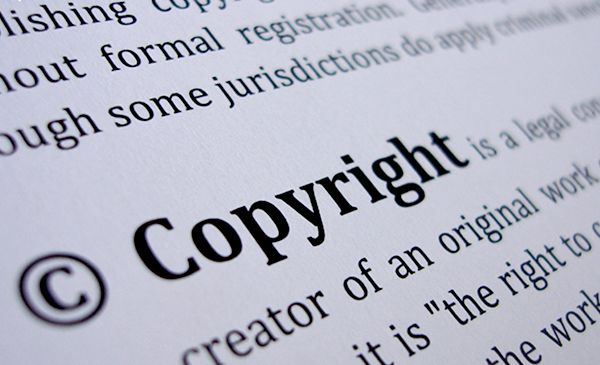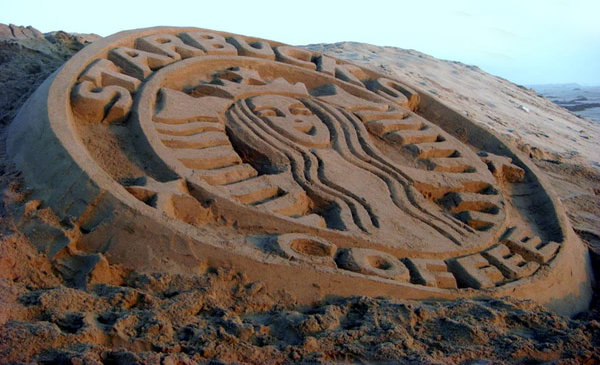How do you overhaul and reorganize more than 3,000 trademark registrations owned by an $11 billion global corporation?
That was the question faced by Ingersoll-Rand several years ago when it sized up its trademark situation.
Ingersoll-Rand, founded in 1905, was long known for its tools and machinery, which carved the faces on Mount Rushmore. The company now is a diversified company that makes refrigeration equipment (under brands ThermoKing, Hussmann); compact vehicles such as small loaders, excavators and golf cars (under brands Bobcat, Club Car); locks and security systems (under brands Schlage, Kryptonite); construction equipment such as pavers, compactors, portable compressors; and industrial equipment such as generators, turbines.
“We were spending millions of dollars on ongoing trademark maintenance,” according to Anand Chaturvedi, a marketing manager in Ingersoll-Rand Construction Technologies, who spearheaded the company-wide overhaul. “It had become a symbol of pride that managers would register a name to immortalize a product feature. Over the years, this diluted the brand equity of strategic brands and led to mass confusion among customers.”
The company took serious note and initiated a major project that involved business leaders across the globe. Mr. Chaturvedi and his cross-functional team led the initiative of developing a new trademark strategy.
We asked Mr. Chaturvedi how he approached this daunting assignment, and what this diversified industrial company was able to accomplish.
Q: What was your overall sense of the situation after you reviewed these 3,000 trademark registrations?
An unchecked proliferation. In the absence of a common understanding of how the process should work, it was left to individual discretion to select and register any name in any market of the world. What an individual could see was only an expense of a thousand dollars in protecting a new name, but when aggregated across the various categories in multiple countries, the enterprise had a significant drain of resources that not only cost us money but also diminished equities of strategic brands.
Q: What kind of approach did you recommend?
Our recommendation was based on a two-pronged approach. Every new naming opportunity was to be reviewed in conjunction with a well-defined business case. We developed a process that objectively analyzed the need for having a new name, its relationship with the parent brand or reason for being a standalone brand while reviewing the commitment for developing it as such.
For all existing trademarks, we initiated an annual review of global trademark registrations. This was an eye-opener because not only we found cases of overprotection where same name was registered multiple times but also instances of under-representation where our strategic trademarks did not have required protection in key global markets.
We also found that a significant number of new registrations eventually expired for lack of non-use. Certainly that money could have been put to a better use.
Q: Were you able to evaluate and classify all the existing trademarks?
Definitely. We developed a decision tree to objectively classify every trademark in one of the three categories – strategic, support and tactical. Strategic trademarks protect our billion dollar brands. Support trademarks represented sub- brands and provided a customer valued differentiation. Every thing else fell into the third bucket – Tactical marks that either had to go or to be maintained under common law protection for a finite time period.
Q: Were certain brands unsupported or under-represented?
Yes, as I mentioned earlier, there were some glaring omissions as well as duplicate registrations.
Q: What were the results in terms of brand equity and maintenance costs?
In terms of maintenance cost alone, our annual expense was in seven figures. After completing the first enterprise wide scan, we found an immediate opportunity to cut it by more than a third. The business leaders were enthused because these resources can now either be saved or be put to better use.
The benefits in preserving our brand integrity were more far reaching, particularly in terms of avoiding brand dilution. Many new product/ service offerings were accompanied by a new name, so in many instances, the promise of core brands might confused by the marketplace. For instance, if the promise of a strategic brand is technological innovation, would you then really need a new sub-brand for the next generation of a product family? In this case, does a new name really provide a competitive differentiation, or just create confusion?
These kinds of questions led to a far more concerted effort of brand analysis and development.
Q: Would this approach work for other multinational companies with a diverse portfolio of brands?
I certainly believe that our experience could be echoed by other large companies. I could summarize our learning this way:
(1) Managing trademarks should not be left only with the legal experts. This issue has far reaching impact on how brands are built and business leaders need to play a more proactive role.
(2) Trademarks are building blocks for brands. They can become valuable intangible assets but only if managed as such. If left unchecked, a free trademark proliferation does enormous harm to brand equities.
(3) I cannot over-emphasize the need for communication. We didn’t stop after writing policy documents but embarked upon a large-scale training program that included “global training of trainers.” Now this training is part of our executive education curriculum.
The Blake Project Can Help: Accelerate Brand Growth Through Powerful Emotional Connections
Branding Strategy Insider is a service of The Blake Project: A strategic brand consultancy specializing in Brand Research, Brand Strategy, Brand Licensing and Brand Education




